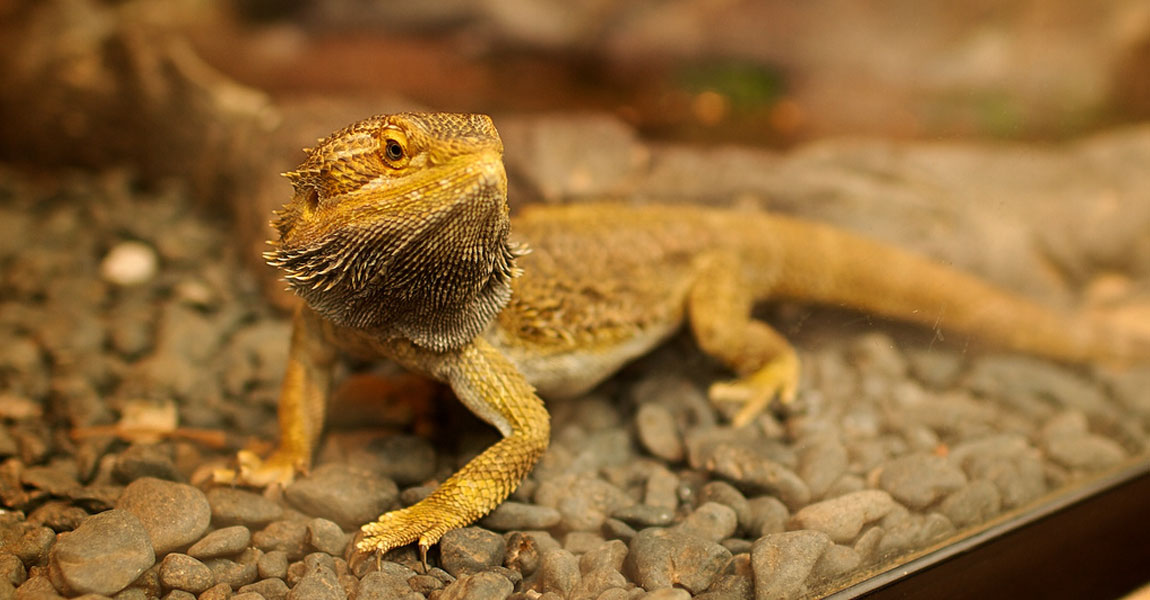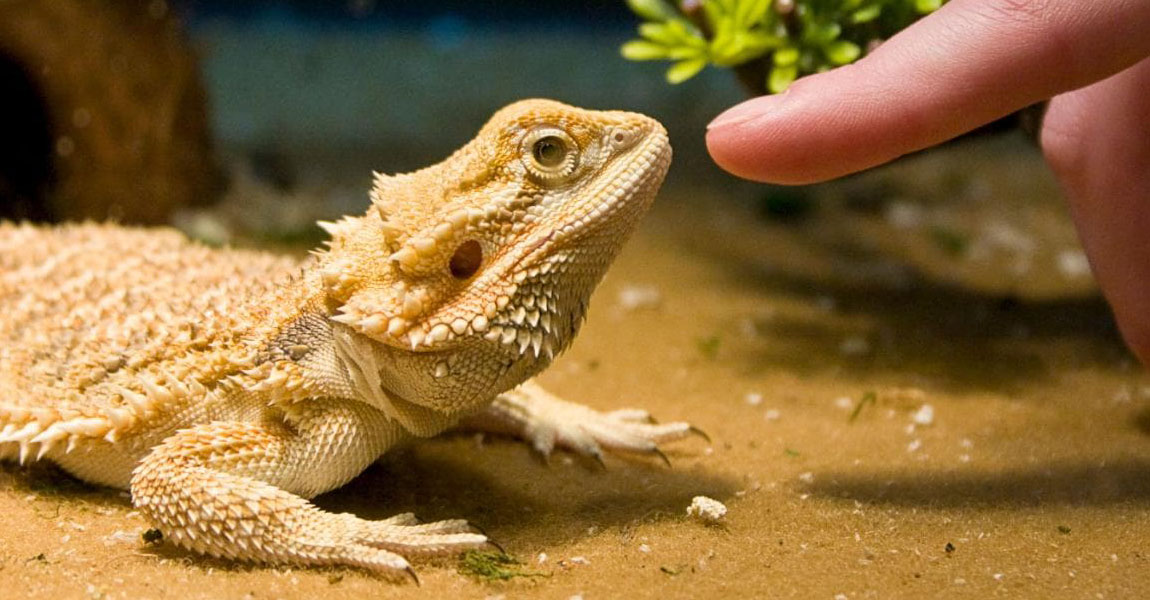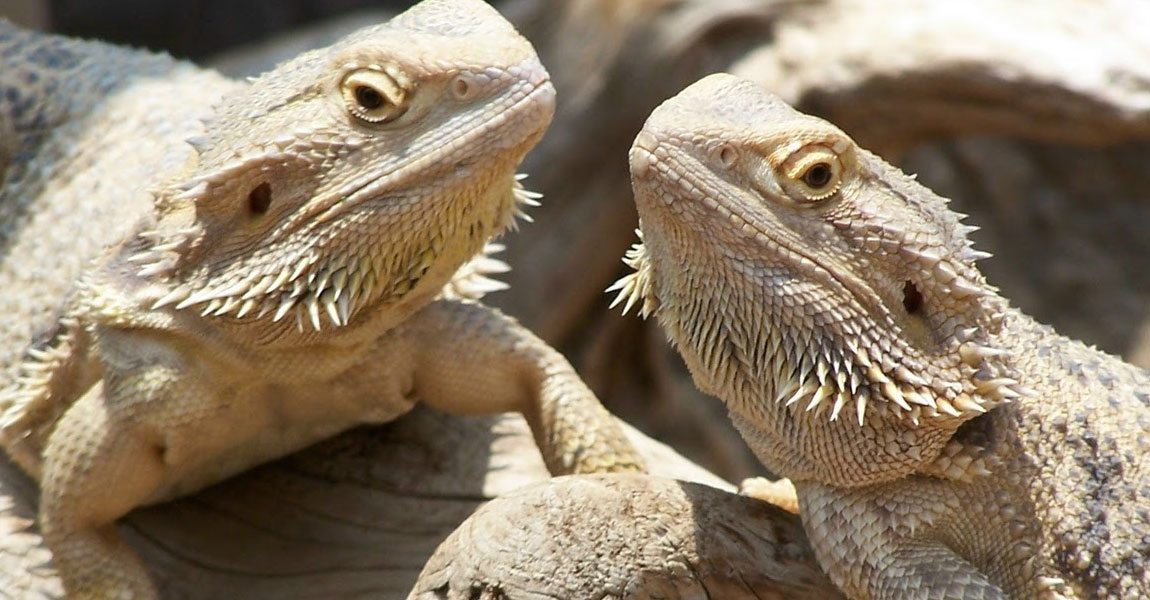One of the first decisions to make before acquiring a bearded dragon is what to use for its housing.
Bearded dragons are relatively easy to accommodate, but there are factors to consider when shopping for its home. The enclosure is one of the most expensive items you will need for a bearded dragon, so make sure you give it a good deal of thought and research before purchasing.
Here are a few things to consider when choosing suitable housing for a bearded dragon.
Selecting an appropriate home for your bearded dragon
Decide what size home fits you and your bearded dragon best
Determine the best materials to use for your bearded dragon’s housing
Learn how to keep your bearded dragon safe and secure
Today’s pet market has a wide range of choices for meeting bearded dragon housing requirements, and there are some great options available. Bearded dragons need as much floor space as possible, so an enclosure with plenty of floor space is optimal.
If using an aquarium or terrarium, 125-gallons is an ideal choice. This aquarium measures 72 inches long, 18 inches wide, and 16 inches tall. This will give an adult bearded dragon plenty of space, and give a baby bearded dragon room to grow in. If starting out with a large enclosure you may need to divide the housing in half. A baby bearded dragon may feel insecure in a very large enclosure. Add a divider made of wood, cardboard, or plastic to decrease the size of the living space if needed. Simply move the divider to increase the living space as the bearded dragon grows.
A good rule of thumb is the length of the enclosure should be around three times the length of the bearded dragon. Ideally, start with an enclosure large enough for an adult, but if the budget is tight start with a smaller enclosure for a baby bearded dragon. Just keep in mind that you will need to purchase a larger enclosure as it matures.
If you are a crafty, handyman (or know one) you could also build a quality enclosure for your bearded dragon. This has many advantages over purchasing an enclosure:
We recommend using an all-glass enclosure, or building a custom enclosure to suit your needs. Most bearded dragon owners tend to stay away from acrylic. Bearded dragons famously scratch on the sides of the enclosure, which will severely scratch acrylic. The acrylic will become hazy and need replacement after a couple years of scratching.
Consider ample security when selecting proper bearded dragon housing.
You do not want your awesome new pet to have the ability to get out of its enclosure. More importantly, if you have children, cats or dogs, you do not want them to have the ability to gain access to your bearded dragon.
A screen top will prevent the pet from coming in contact with the hot basking lamps and fluorescent bulbs needed for warmth and UV exposure. This will greatly reduce the chance of the bearded dragon receiving accidental burns.
Use a screen top on the enclosure to enhance the security of the enclosure. A screen top will increase needed air flow within the enclosure. Some commercial enclosures come with sliding (or swinging) glass doors on the front which makes feeding and cleaning much easier.
It is NOT recommended to use a glass top on a bearded dragon enclosure. Glass blocks helpful UVA and UVB rays from lighting bulbs, reducing the UV exposure a bearded dragon receives. Glass tops will greatly reduce the air flow within an enclosure causing possible overheating.
No matter which enclosure you decide to use, keep some security measures in mind!





